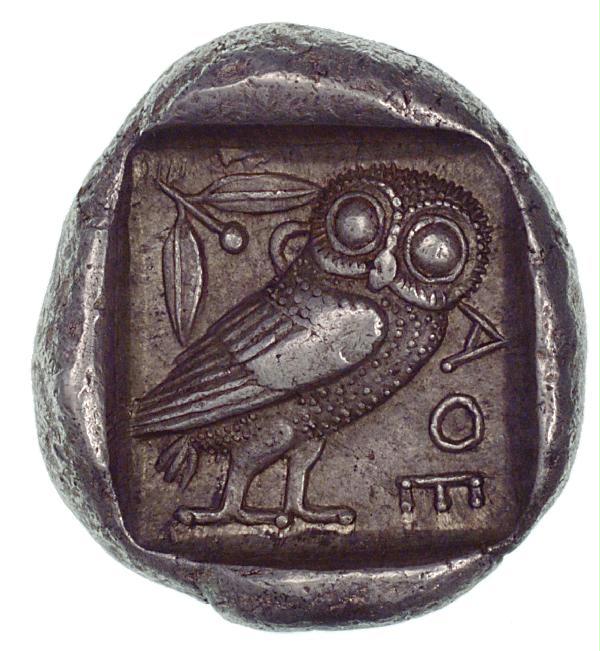1.0 In what ever guise or configuration, King Crimson can be identified as an expression of a handful of recurring generative principles:
1.1 The salient role of the guru or assumed guru.
1.12 The operator of displacement.
1.13 The operator of discomfort.
1.14 The operator of discontent.
1.15 The operator of charisma.
1.16 The vulgar metaphysics of the commons.
1.17 Alteration through violence.
1.18 Alteration through education, enlightenment and communication.
1.2 The maintenance of King Crimson must resort to these principles.
2.0 King Crimson is a band with a guru.
2.1 Knowledge of the precise history falls outside the nature of the present analysis, but the figure of Peter Sinfield must be acknowledged as the intelligence responsible for establishing the outlines of these principles.
2.12 It was Sinfield's task to participate in the market capitalization of adolescent discontent within the historical context of the war in Southeast Asia, civil rights demonstrations, and the widespread use of powerful psychoactive drugs, particularly LSD.
2.13 Holy Roman Emperor Frederick II (1194-1250) served as the focus for Sinfield's meditations during the invention of King Crimson, and the history of this King, the meditation upon that history, and the self-reflexive examination of the activity of that meditation constituted the outlines of the generative principles of King Crimson.
2.14 The features of Frederick's life experiences, his aspirations, disappointments, volatility, appetites, the challenge he represented to orthodox authority, and an exagerated sense of his recondite learning were co-opted as King Crimson motifs, images and soundscapes.
2.2 King Crimson has always been a band with a guru, a fact conspicuously advertised inside the cover of the first album where Peter Sinfield was given equal status with the King Crimson musicians, and listed as the source of "words and illumination."
2.21 After Sinfield's departure many assumed that Robert Fripp assumed this role, and in fact he has and he has not.
2.22 Fripp has admirably discharged the duties of that role, particularly in the avatars of King Crimson that have appeared since the Discipline album.
2.23 Fripp's function in this role was minimized, however, in the '73 team, which to many is considered the difinitive avatar of King Crimson. Where was the guru?
3.0 The audience.
3.1 The shift of the guru from the musicians to the auditors necessitated a reconfiguration of sound, pattern, and the nature of the catharsis produced by the Music. This manifested as a transformation from the synesthetic percussion figures, brooding soundscapes, apocalypitc lyrics and comic horn articulations of the original band avatar to polyrhytmic structures, abandoned soundscapes, surreal lyrics (reflecting upon the relationships among the audience and the musicians), and a marked reliance upon improvisation.
3.12 The psycho-political catharsis represented and evoked by the Music shifted from an authorized and individualized self-reflection to an audience self-identification that was pregnant with the possibility for populist action.
3.2 When the guru sits on the stage or behind the liner notes, the Music is structured. When the guru sits in the audience, the Music is first fractured, then extemporal.
3.21 It is convienient to conceptualize the joined musician/listener complex in the King Crimson concert hall co-creation as simualtanious emanations of two archetypes: 1) the Crimster; 2) the Crim-Head. The function of the Crimster is to pursue the articulation of the voicings of the co-creation. The function of the Crim-Head is to reverberate and feed back.
3.22 Reverberation invariably invaginates the articulation. (see George Bernard Shaw).
3.3 The guru is a standing wave propagating along the gamut between musicians and audience.
3.4 Reverberation, feed back, and invagination are optimised during the improvisational/extemporal phase or avatar of King Crimson.
4.0 The exploitation of displacement as a generative instrument is achieved through the production of startling sounds, broken rhythms, and frightening poetic imagry.
4.1 The unfamiliar.
4.2 Lights igniting and extinguishing.
4.3 Lights changing color.
4.4 Lights radiating in alternating directions.
4.5 Changes in sonic textures.
4.6 The beginning and ending of the performance of a composition.
4.7 A well-placed witticism.
4.8 Histrionic manipulation.
5.0 The exploitation of discomfort as a generative instrument is achieved through the production of painful sounds and feelings of low self-esteem.
5.1 Loud sounds.
5.2 Unpleasantness of any kind.
5.3 The disapproval of the guru (either from the mob audience, the architecture of the concert hall facility, the appearance and sociology of the population at the concert hall, or from the stage).
6.0 The exploitation of discontent as a generative instrument is achieved through the production of emotions of indignation and anger.
6.1 Subverted justice.
6.2 Political disfranchisement.
6.3 Workplace exploitation.
6.4 Lacunae in religious understanding underscored with gnostic polemics.
6.5 Exhibition of grotesque specimins of orthodoxy, credulous belief systems, pedantry, errors in learning.
6.51 Exhibition of specimins of science corrupted and subverted by capital.
6.6 Contamination and manipulation of the food supply.
6.7 Environment, economic expansion, sprawl.
7.0 The operator of charisma. (see 2-2.3 above).
8.0 The vulgar metaphysics of the commons. (passim).
9.0 The promise of the transformational properties of violence as a possible platform for the alteration of the negative reverberation is exploited coldly and relentlessly.
9.1 The sonic representation of what transpires in a psychopath's basement or tunnel equipped with instruments of dismemberment: circular saws, band saws, table saws, jig saws, hand saws, electric drills, culinary knives, cleavers, pliers, clamps, straps, claw hammers, hatchets, axes, wood chippers....
9.2 Bald heads and handlebar mustachios.
10.0 Education, enlightenment and communication serve both promotional and reverbatory functions.
11.0 As is demonstrated by the phenomenon of King Crimson over the course of its history, the legitimacy, the efficacy and the integrity of the Musical experience is optimized by enhancing audience interest and participation.
11.1 When audience particpation is optimized, extemporization and improvization define the identity of the Musical experience.
11.12 Audience participation is optimized through participatory design, plural design, eclecticism, ad hocism, and the will to colonize beyond the boundary of silence.
12.0 What King Crimson can do must be done now. What King Crimson can not do must be passed over in silence.




























